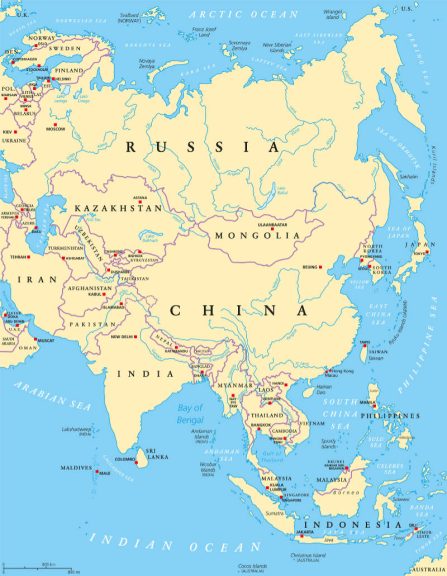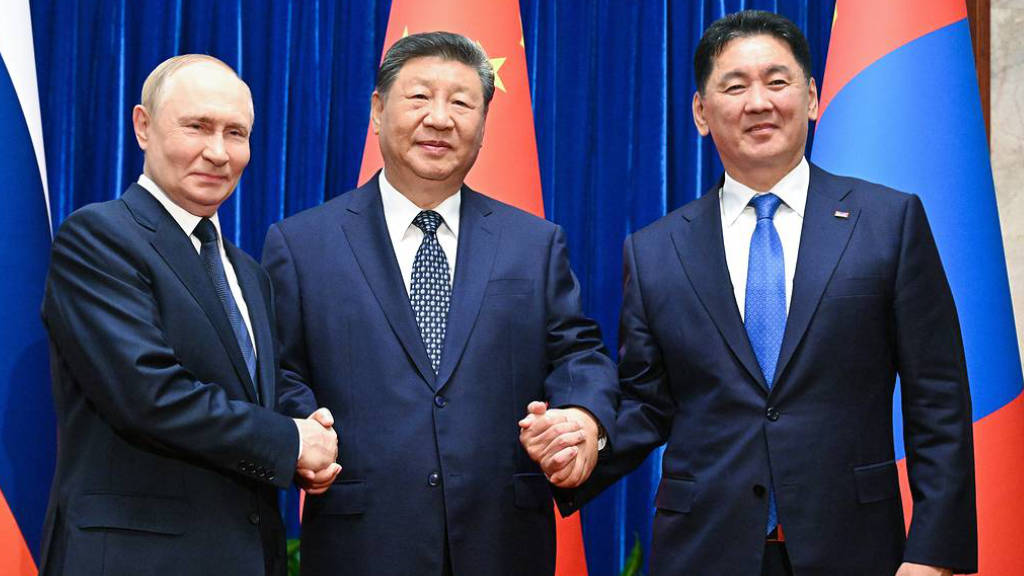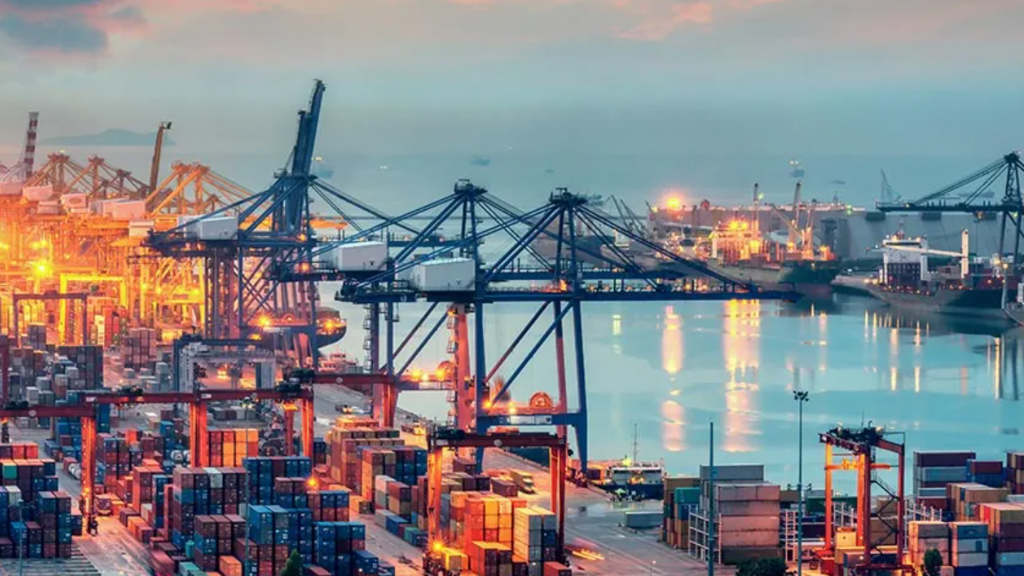The seventh trilateral meeting between the Presidents of Russia, China and Mongolia has been taking place at the Great Hall of the People in Beijing. These included significant delegations from all sides, led by Russian President Vladimir Putin, Chinese President Xi Jinping and Mongolian President Ukhnaagiin Khurelsukh. Mongolia lies directly between Russia and China and is a highly strategic transit point for both Beijing and Moscow. Mongolia also possesses significant natural resources.
On the Russian side, the delegation also included Foreign Minister Sergey Lavrov, Deputy Prime Minister Alexander Novak, Deputy Chief of Staff of the Presidential Executive Office Maxim Oreshkin, Presidential Aide Yury Ushakov, Presidential Press Secretary Dmitry Peskov, Ambassador to China Igor Morgulov, Minister of Natural Resources and Ecology Alexander Kozlov, Economic Development Minister Maxim Reshetnikov, Gazprom CEO Alexey Miller and Rosneft CEO Igor Sechin.

The three countries cooperate in a number of fields, primarily the energy sector. The construction of the Soyuz Vostok gas pipeline to China via Mongolia as a continuation of the Power of Siberia 2 pipeline is a flagship project. The development of this has been under negotiations for several years, however a legally binding memorandum was signed on the construction of the Power of Siberia 2 gas pipeline from Russia to China and the Soyuz-Vostok transit pipeline through Mongolia at the meetings, according to Gazprom’s CEO.
Power of Siberia 2 Gas Pipeline Agreement Signed
Miller stated that “On the basis of the public statement that was made by the leaders of the three countries – Russia, China and Mongolia – a legally binding memorandum was signed today on the construction of the Power of Siberia 2 gas pipeline and the Soyuz-Vostok transit gas pipeline through the territory of Mongolia. This project will make it possible to supply 50 billion cubic meters of gas per year from Russia with transit through Mongolia.” Russia is expected to supply gas under the new agreement for 30 years.
An additional agreement has also been reached to increase gas exports through the existing Power of Siberia pipeline from 38 bcm per year to 44 bcm, Miller said, adding that “Commercial agreements have been signed between Gazprom and CNPC [China National Petroleum Corporation] on increasing gas supplies to China along the Power of Siberia gas pipeline from 38 bcm of gas per year to 44 bcm of gas per year and on increasing supplies of gas along the Far Eastern Route project to 12 bcm per year, from 10 bcm.” He said he would comment about the agreed gas pricing later, although he did say that payments will be made as the current period of time – 50% in Rubles and 50% in RMB Yuan.”
Europe’s Loss Is China’s Gain
The price of gas for China is lower than for Europe due to the shorter transport distance. Miller said that “Gas deliveries to China are made from fields in Eastern Siberia, while to Europe, gas is transported from Western Siberia. Russia’s gas fields in Western Siberia are located significantly further than fields in Eastern Siberia are to the border of Russia and China or Russia and Mongolia. Accordingly, the transport costs of delivering gas to the Chinese market are significantly lower. Therefore, objectively, the Chinese market is closer, logistics expenses are lower, so the price is also lower.”
Russia began exporting gas to China through the Power of Siberia pipeline in 2019 under a long-term purchase-sale contract between Gazprom and CNPC. Exports have exceeded annual contractual obligations since 2020. Russia exported 31.12 bcm of gas along the pipeline in 2024, while daily deliveries reached the maximum contractual level, which is 38 bcm in annual terms, on December 1, 2024, a month earlier than originally scheduled. Gazprom increased gas exports to China by 28% in the first eight months of 2025.
Other priorities include cooperation in railway and road transport and the development of a cross-border rail corridor. Work is also underway to implement trilateral environmental programs.
Mongolia signed a Free Trade Agreement with the Eurasian Economic Union, which includes Russia, earlier this year. This has sparked considerable investment into Russia-Mongolia-China transport infrastructure facilities as trade is expected to significantly Mongolia-EAEU and EAEU-China transit trade via Mongolia is set to increase.
Further Reading
Mongolia and Russia Jointly Develop E-Commerce and Logistics As Free Trade Agreement Nears





